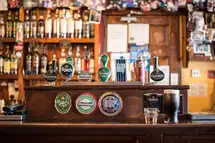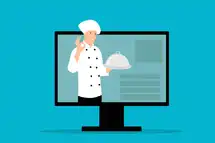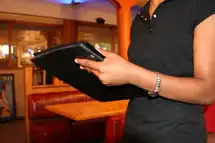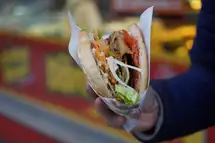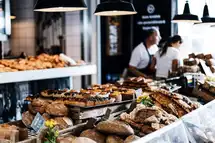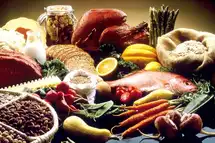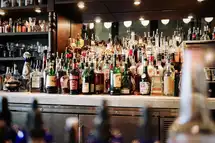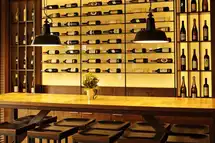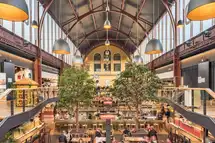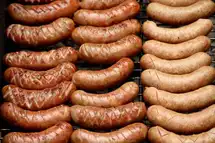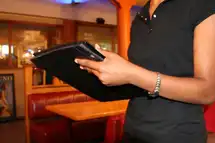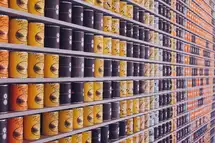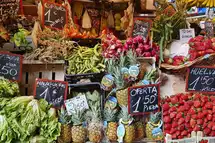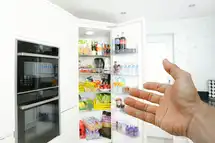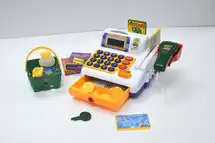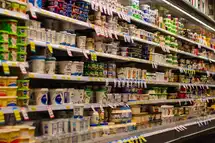How to Sell More with Restaurant Point of Sale Solutions!
What is a Point of Sale Solution?
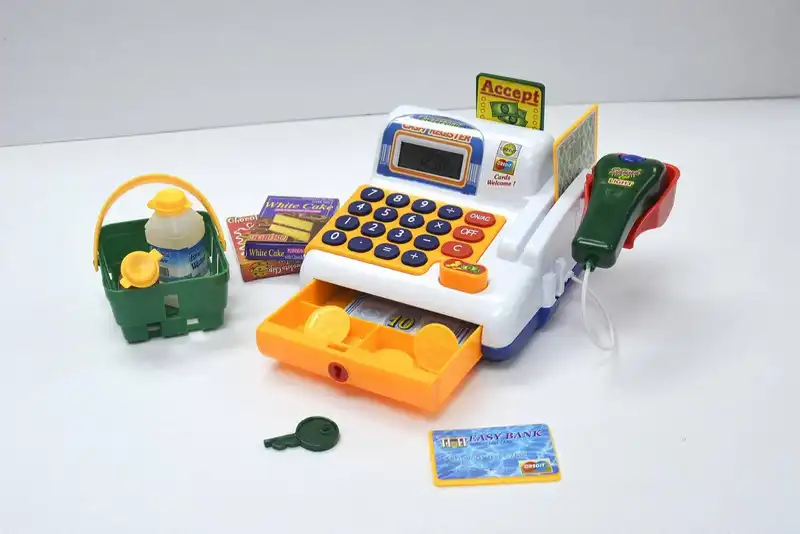
Business transactions between restaurants and their customers today are no longer based solely on physical cash. Mobile debit/credit card readers, mobile wallets, QR codes, self-service kiosks, and so on, have all become ubiquitous, especially in the wake of the Covid-19 pandemic and the fear of the coronavirus spreading through banknotes and coins.
As the world embraced technology to keep business running in what has come to be known as the 'new normal', there arose new kinds of points of sale or transaction points where merchants accept money from customers, execute deals, and pass products on to buyers.
Modern POS systems don't just provide a means to process and accept payments, they also accomplish tasks like inventory management, order management, employee management, reporting and analytics, customer relationship management, accounting, and so on.
These smart POS systems are powered by software solutions that help process orders, compute product costs, and collect payments. POS software also stores and organizes information. It enables both, brick and mortar and online merchants to handle their operations digitally. POS solutions, therefore, ensure ease of doing business by taking care of several operations from a single vantage point.
A POS system also consists of physical assets that aid in calculating and processing transactions, such as a simple cash register, tablet, iPad, or mobile. POS hardware contains card readers, barcode scanners, cash drawers, network devices like wi-fi hubs or modems, and receipt printers.
Modern point of sale systems serve a range of organizations, including large, medium, and small businesses that have different requirements. When it comes to restaurants, the requirements of a quick service restaurant, for example, differs from those of a fine dining one. The requirements of ghost kitchens, on the other hand, are entirely unique. The best POS systems are those that fulfill the exact needs of the organizations employing them.
Types of POS Solutions for Restaurants
As far as POS systems are concernedparticularly web-based onesthe software does the heavy lifting. The more sophisticated the software, the more powerful the POS system.
Web-based POS systems have relocated to the cloud and provide significantly more complex capabilities than old-school POS platforms. The latter are maintained on site, involve large computers, and function on a closed network that can only be accessed by a limited number of linked devices. Cloud based POS solutions don't require elaborate hardware.
The cloud server synchronizes with the main device in real time, allowing users to access information and effect pricing and product changes on the go using any device, wherever they may be. On the other hand, traditional POS systems keep data on local servers. To make changes or evaluate data, users need to access the POS equipment physically.
A web-based POS system ensures that information can be retrieved without any difficulty, even when a file gets lost, damaged, or deleted. A cloud based POS system allows businesses to sync data between their online and brick and mortar stores and seamlessly integrate third party apps.
While retail POS solutions and those used at gas stations, for example, are largely on-premise ones, restaurant POS systems are mostly cloud based.
Kitchen display systems (KDSes) are an excellent example of the advantages that web-based platforms provide to foodservice organizations. A KDS can work remotely thanks to cloud based POS technology. A food order is entered into the system and immediately displayed to the back office kitchen workers, and they can promptly begin preparing the order.
Furthermore, menu management features provided by a POS solution assist restaurants in creating and managing menus. QR codes can be scanned to make payments for food as well.
Cloud based POS solutions reduce the initial expenses of businesses and make it easier for them to handle large orders.
The compactness and portability of cloud based POS solutions have paved the way for the rise of mobile POS or EPOS systems, and made the integration of POS technology with handheld devices like tablets and smartphones possible.
Running a restaurant is hard work. You’re juggling staff, food, and customers all day long.
It’s difficult to keep up with the latest trends and technologies.
How to Increase Sales With a POS System- Better Inventory Management
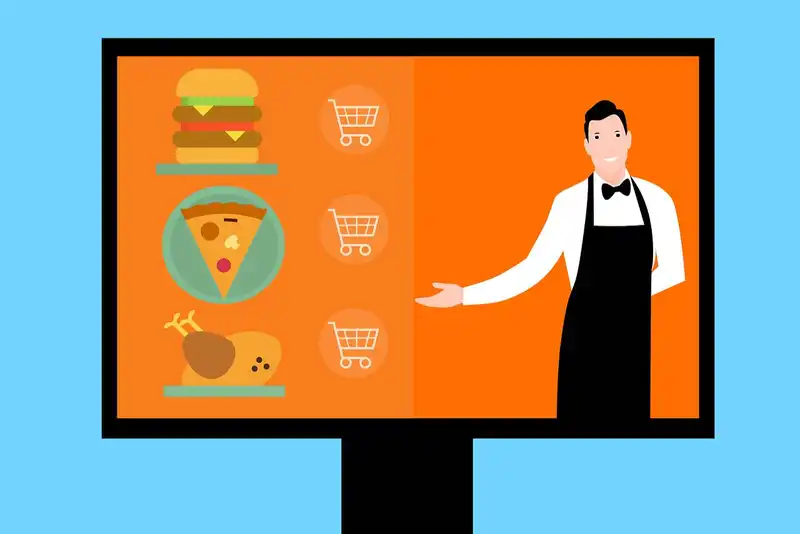
Compared to manual stock-taking methods, a POS system allows business owners to manage inventory more accurately. As and when supplies are received, they can just be scanned and their amounts recorded.
Similarly, a barcode scanner connected to the POS system will update inventory counts based on what is sold or used to add value to products. When stock levels go down, the POS system notifies the business owner so that supplies can be quickly reordered.
Setting a reorder point, therefore, is extremely essential. This is because placing orders while a large portion of the stocks is still unused may result in surplus stocks, increased holding costs, and ultimately wastage. On the other hand, if orders are placed only after totally exhausting the stocks, sales opportunities may be lost.
A cloud-based POS can help businesses analyze customer ordering trends, and thereafter identify menu items that are most popular and those that generate only a lukewarm response. This allows restaurant owners to decide which ingredients to buy more often, so that their businesses are always ready to fulfil customer demand and they avoid embarrassing stock-outs. Also, reducing reorders of items that sit idle on shelves will ensure that food wastage is minimized.
By updating stocks with every sale, and by working in concinnity with demand forecasting software like Hubworks' Zip Forecasting, modern POS systems ensure that business owners know exactly how much is left in the tank as it were, and can take steps to avoid food wastage resulting from over-purchase and overstocking. A robust POS system, therefore, makes Order Management efficient.
Easier Payment Processing
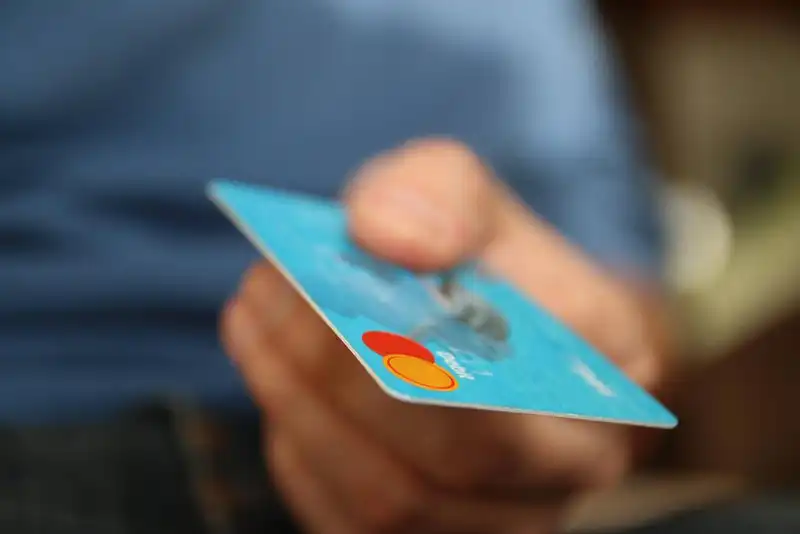
A sales representative puts the product through a scanner after the buyer chooses it. This is done to record the product's final price, which includes taxes and discounts. This also refreshes the inventory count in the store.
The customer then chooses from a variety of payment options and transfers money through debit/credit cards, gift cards, mobile wallets, or pays in cash. After the customer's bank authorizes the transaction, a receipt is printed. The customer's wait time is significantly reduced, which makes their dining experience an enjoyable one.
Technology-driven payment systems also help restaurants in cross-selling or upselling their products and generate a favorable response from customers, who would not have to handle wads of cash or hunt for change. Accordingly, a restaurant may convince a diner, who has just had a main course meal, to also order an ice cream or a cola. Waiters may also offer tequila options to a diner who has ordered a margarita.
A reliable POS system benefits both, the business owners and the customers. Customers' debit/credit card information is protected according to the Payment Card Industry Agreement.
Cashless transactions grew in prominence as a result of the fear of contamination during the Covid-19 pandemic. According to an Eater report, restaurants in the US, faced with a drastic drop in sales and the threat of a shutdown as a result of the pandemic, encouraged customers to pay with debit/ Credit Cards and payment apps like Venmo or MobilePay, and also through Google/Apple/Samsung Pay.
The use of cash in the US decreased by more than 20% from 2018 to 2020, according to Worldpay's Global Payments Report 2021.
The Wall Street Journal points to a paper by Columbia Business School's Elliot Shin Oblander and Emory University's Goizueta Business School's Daniel McCarthy, which found that food delivery sales in the US amounted to $51 billion in 2020, up $28 billion from 2019. Around $19 billion, or close to 70%, of the growth in 2020 was "purely due to the pandemic".
Integrated Loyalty Program
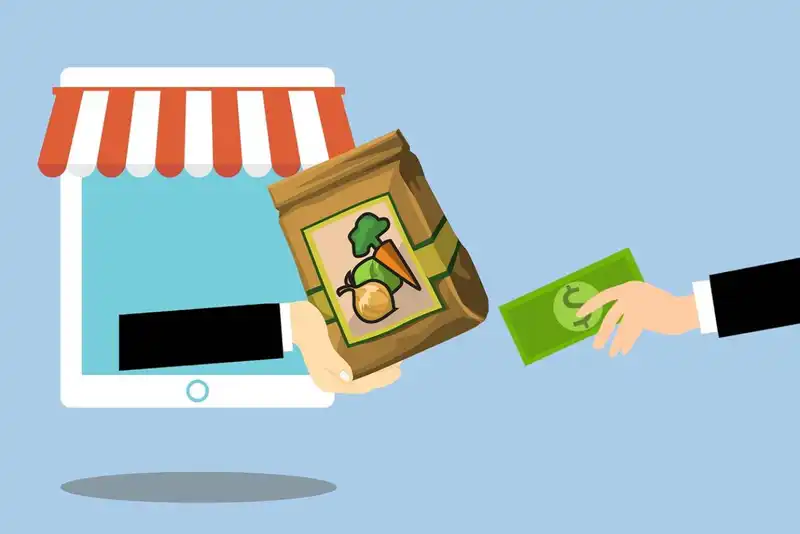
It's common knowledge that as much as 80% of a company's revenue is generated by just 20% of the consumers. With the use of POS-generated consumer information, a restaurant would be able to see who its most loyal customers are. These customers can then be rewarded through loyalty programs. These could attract repeat orders from one-off customers.
Targeted advertising can keep customers interested. Email marketing, phone communications, and other methods are used to accomplish this. Customers who receive personalized messages are more likely to endorse a business on social media platforms or through word-of-mouth, allowing the restaurant to sell and earn more.
Apart from providing efficient service, there are several other methods for restaurants to increase the satisfaction and loyalty of customers. Restaurants can offer online ordering, with customers increasingly choosing to dine in the sanctuary of their homes. Restaurants can also notify consumers when an out-of-stock item becomes available.
Restaurants can, furthermore, send special offers and announcements about new products directly to customers' smartphones using POS connectivity with mobile apps. Restaurants may also cross-sell similar products, and help diners make up their mind while ordering online, with pop-up suggestions, for example, of a red wine that goes well with a juicy steak. These measures further improve customer experience. Orders, prepayments, and bookings can all be received using mobile apps.
With the help of POS systems, restaurants can also deliver personalized services to customers. For example, if a customer frequently orders a soft drink along with the regular meal, a pop-up may appear with the option to add a soft drink the next time they visit the restaurant's website to place an order.
The success of your restaurant depends on the quality of your service and the quality of your food.
If you want to stand out from the competition, you need to find a way to make it easier for customers to buy your food.
Real Time Data Access and Analytics
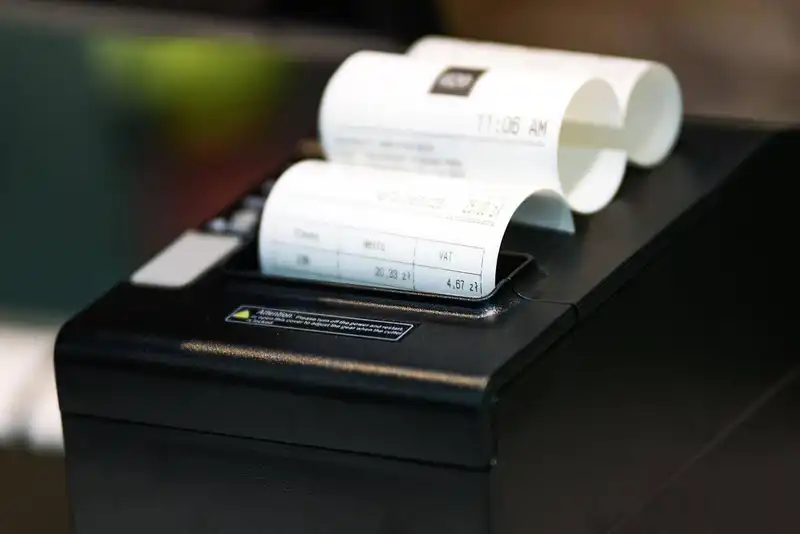
POS software generates thorough and automated reports on several business variables like sales, purchases customer relationship management, and inventory. These are far easier to prepare than handwritten reports, and with POS systems integrated with smartphones and other handheld devices, these reports can be accessed from anywhere in the world, that too in real time. The reports provide a clear picture of the company's growth, allowing operations to be adjusted when necessary.
Point of sale reports tell business planners things like which items are doing well and which aren't, whether actual usage of supplies varies from expected usage, and by how much. Business owners can draw meaningful inferences from these reports through the application of Data Analytics to plug gaps and remove blindspots, and also make more accurate predictions to streamline business processes.
In this way, restaurant owners may be away on vacation at a faraway resort, but they'll have access to the goings-on at their restaurants right at their fingertips.
POS reports will alert a business owner several miles away that a popular dish's ingredients are running low. With a click of the smartphone, the operator can reorder the ingredients right away. Also, an inventory count may show that more ingredients were required to prepare a dish than budgeted for. The restaurant owner can then act upon these reports on the fly.
Integration of Offline and Online Stores
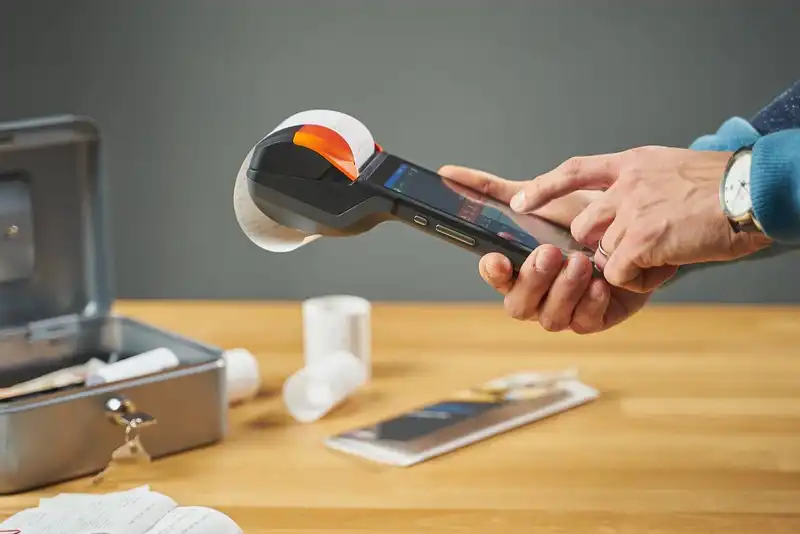
Restaurants must invest in point of sale systems that support online ordering and delivery platforms. POS systems should let restaurants accept telephonic orders too so that restaurants can capture every sales opportunity even on a hectic day.
The Restaurant Pos system reflects third party app orders. This does away with the need to manually enter each order received from various online ordering platforms. Orders are presented on the KDS as soon as they emerge in the POS system, allowing the cooks to get to work right away. This ensures that the customers don't have to wait long to have their food delivered. It would also relieve restaurant workers of the burden of handling customer calls constantly.
Online ordering ensures that customers can order well in advance.
Furthermore, a powerful POS system enables ghost kitchensunits that prepare meals simply for delivery and takeout and operate entirely in the digital realmto manage orders from different sources. The POS records customer orders as well as other information, such as preferences, location, and so on. The ghost kitchen can use the POS dashboard to see and manage orders from various brands.
There may also be a centralized software that collects orders and routes them to the closest ghost kitchen. This guarantees that orders are not overlooked, and that processing and delivery times of orders are shortened.
POS software allows ghost kitchens to take food orders placed through a food aggregator's call center as well. Based on customers' order history and best-selling items, it is also possible for the central panel to upsell or cross-sell.
Top 5 POS Solutions for Restaurants
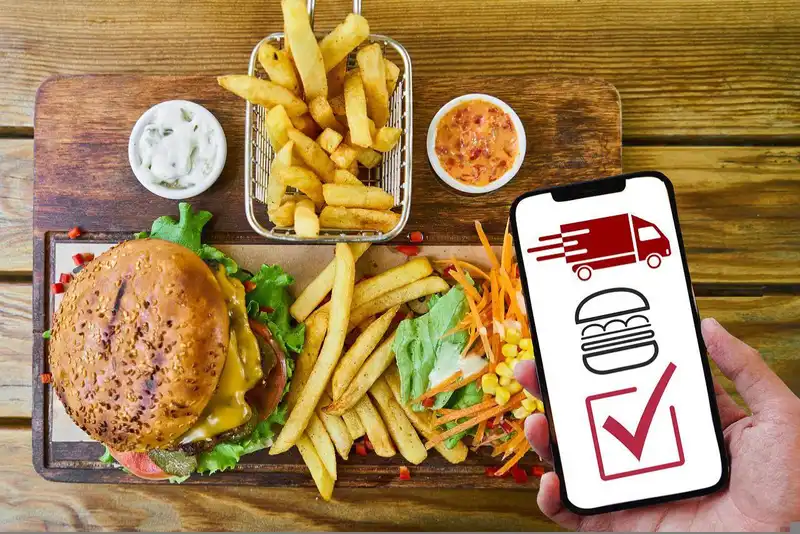
1. Plum POS-
This is perhaps the best POS system for restaurants and is available on the Hubworks app store. It's easy to use and serves small, medium, and large establishments alike. Real time reporting and analytics, hassle-free inventory management, an effective loyalty program, and online order and delivery management system are some of the capabilities provided by Plum POS. A mobile POS, POS app, KDS, digital signage, and self-service kiosk, are some of the equipment included in the Plum system. Subscription fees- Essential Station Bundle ($1,716), Pro Station Bundle ($3,505), Custom System (customized price).
2. Square POS-
This iPad-based POS comes with a free plan, is reasonably priced, and carries no long-term contracts. A small business can therefore be well-served by the Square point of sale system, which is easy to set up. A user has to simply create a Square account, connect their bank account, and download the Square POS app from the Apple App Store. This POS system may be used on as many devices as the user wants. Users can process payments and generate receipts from their palms. Subscription fees- $0-60+ per month.
3. Shopify POS-
It is provided by the e-commerce platform Shopify and runs on the iPhone and iPad. Shopify allows business owners to manage both, their online and offline operations from a single, centralized platform. This POS system includes cash drawers, a receipt printer and a barcode scanner, and Shopify's proprietary Swipe card reader. External hardware systems have to be Shopify-compatible. One has to first take a Shopify e-commerce platform subscription to use the POS functionalities. Price- $29-299 per month for e-commerce software; $0-89 per month for POS software per location.
4. Toast POS-
It is a hybrid system designed specifically for restaurants. Toast hardware is Ingress Protection (IP)-rated, which means it can withstand heat, drops, and water penetration. These qualities make Toast POS ideal for Quick Service restaurants and food trucks that witness a lot of traffic which puts their equipment under stress. Smaller businesses can take advantage of Toast's Pay-as-You-Go service, which includes no software expenses. Subscription fees- $0-165+ per month.
5. TouchBistro POS-
This system is designed to fulfill the needs of restaurants, and it only requires an iPad to operate. Menu and table management, cloud based data reporting and analytics, integrated payment processing, inventory management, and limitless logins for restaurant management and employees are some of the features that make TouchBistro stand out. KDSes, self-serve kiosks, digital menu boards, and customer-facing displays are examples of add-ons. It has a good customer support department. Subscription fees- $69 per month per terminal.
Running a restaurant can be hard work. It’s not just the cooking and the serving; it’s the accounting too.
There are so many things to keep track of - money, staffing, inventory, customer satisfaction, and more.


